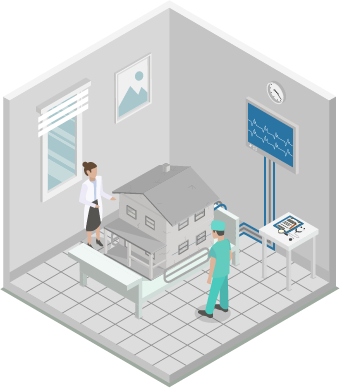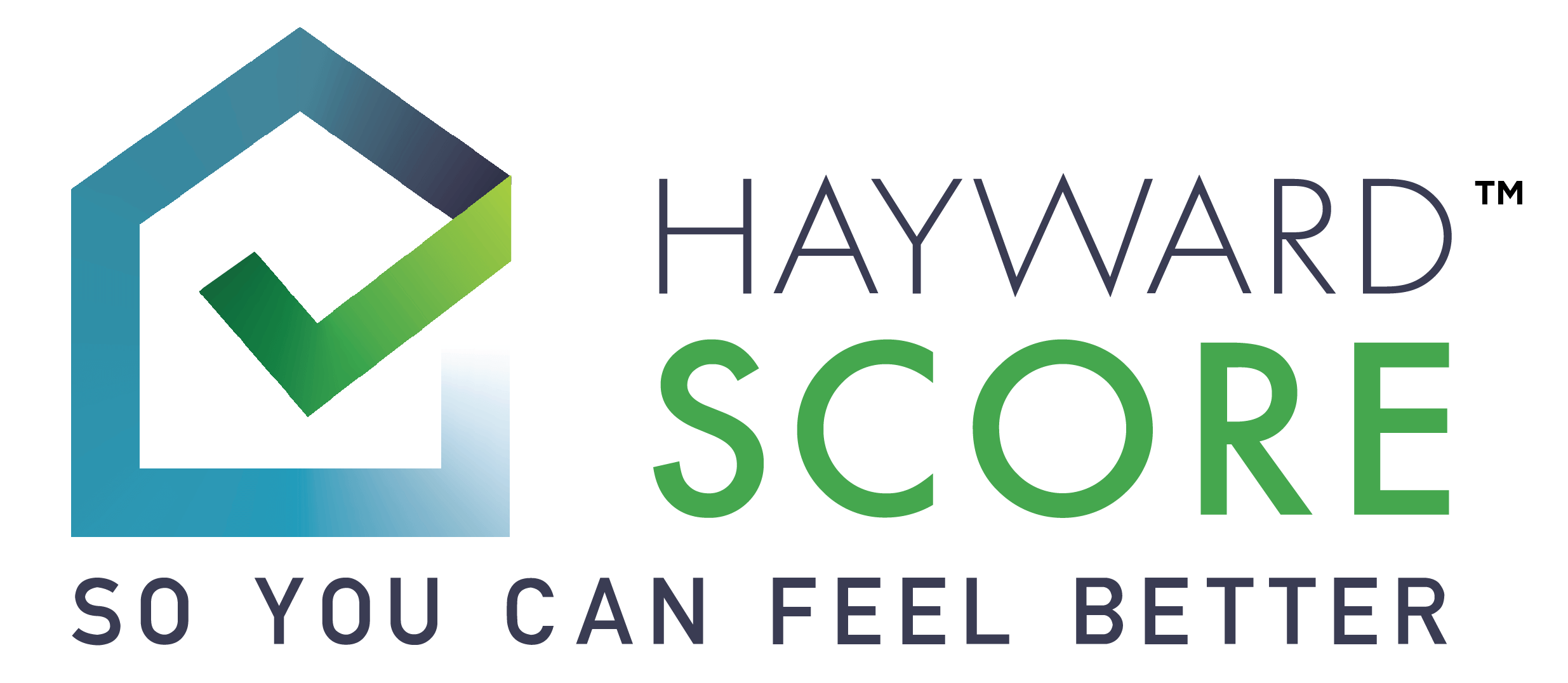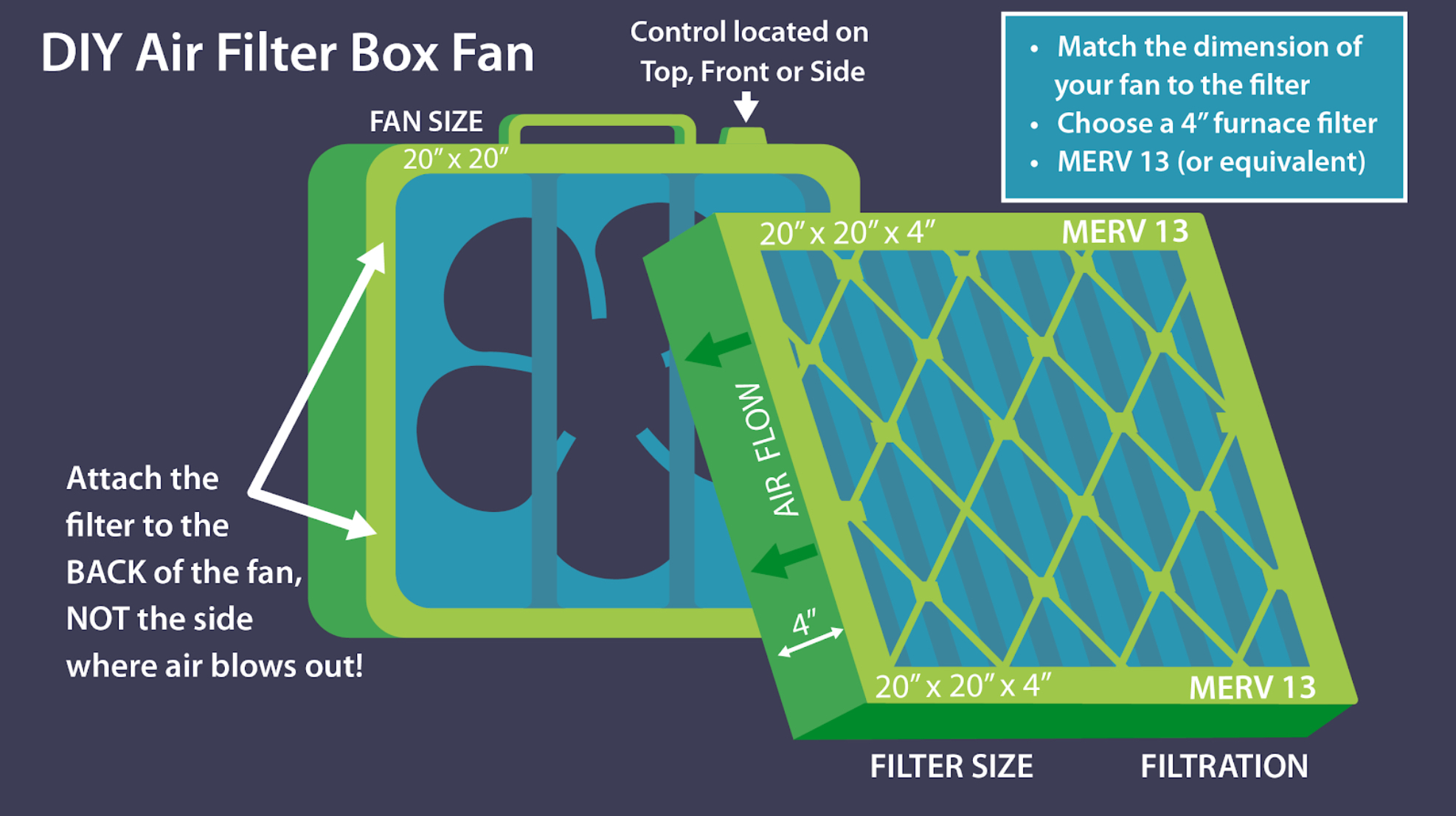What do you think clean smells like? Lemons? Tropical bouquets? Ocean breezes? Bleach?
Here is what clean should really smell like: nothing. Clean does not have a scent! A really clean and healthy home not only has no musty smell from mold or mildew, off-odors from pet hair or accumulated dust, but also no chemical “fragrances.”
It is ironic that many of the household products we depend on for cleaning are also designed for making your home “smell” clean and fresh instead of being clean and fresh. Some even advertise that cleaning is no longer needed!
There’s increasing evidence that daily exposure to hazardous pollutants occurs indoors, often at higher levels than outdoor pollution. And a primary source of these pollutants is everyday consumer products. “Cleaning” your house could be inadvertently exposing your family to harm from synthetic fragrances, hormone disruptors, and even possible carcinogens.
Of the 80,000+ chemicals in active use, only about 3,000 have been individually tested and none of the combinations. Unfortunately, there is no legal requirement for companies to list all the ingredients in a product on its label nor do we know how dangerous compounds are when they are mixed. For example, when cleaning products containing limonene and terpenes react with ordinary ozone they can generate unpredictable, complex, and often unknown reactions.
This “stew” of basic chemicals and unknowable reactions accumulate indoors. Energy efficient modern homes without sufficient mechanical ventilation are especially efficient traps of these chemicals.
The solution? Natural products such as vinegar, lemon, and baking soda can fill in for lots of chemical products. You can also switch to non-toxic, non-fragranced commercial products (from soaps and laundry detergents to surface and glass cleaners). Read labels. Just because a product has the word “green” on the label, doesn’t mean it is free of chemicals.
Go to the Environmental Working Group Web site, www.ewg.org, for their list of ingredients in common products such as cosmetics, personal care, sunscreen, and others. The US EPA’s Safer Choice program is designed to help you find products that perform and are better for people plus the environment. https://www.epa.gov/saferchoice
Make sure that your work keeping a clean house also keeps your family healthy and away from chemical exposures!
Hayward Score helps you discover how your home may be impacting your health in minutes – – for FREE!
Answer a quick set of questions then get a personalized list of action items. Transform your home and health today!

ARE YOU CONCERNED YOUR HOME IS MAKING YOU SICK?
Our guide on indoor quality will help you diagnose possible issues and implement intelligent solutions to improve the quality of the air inside your home.















